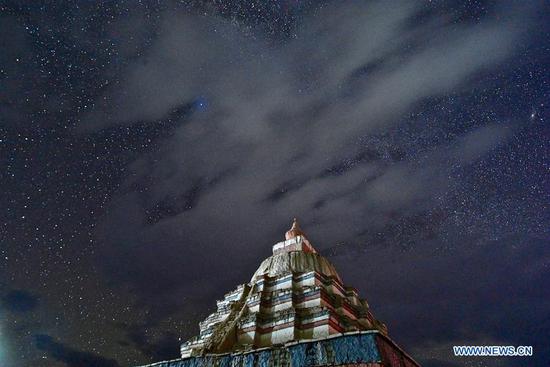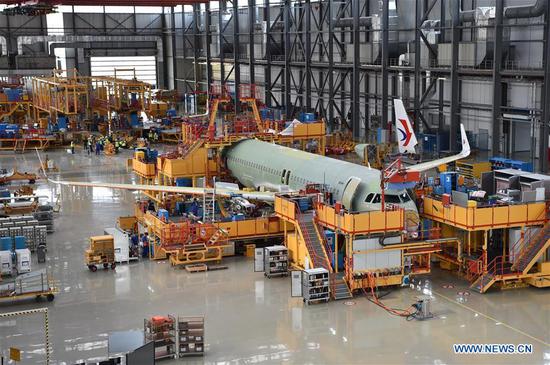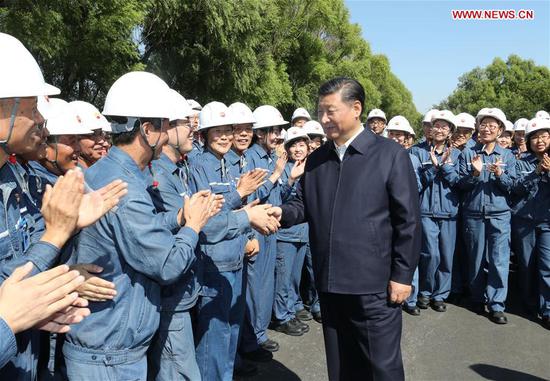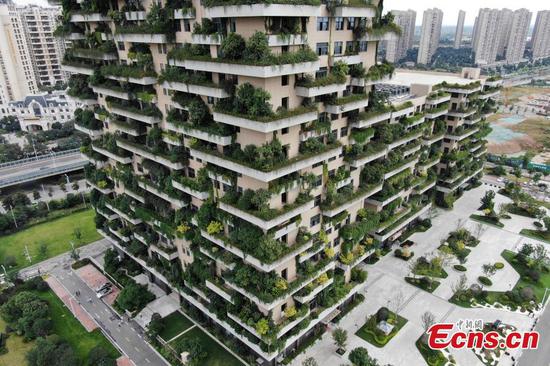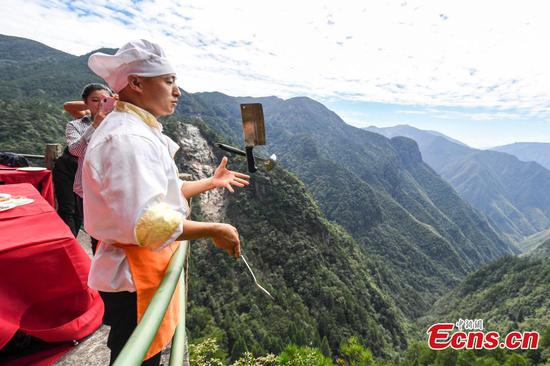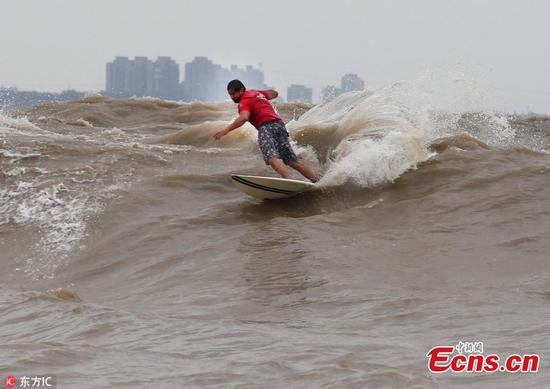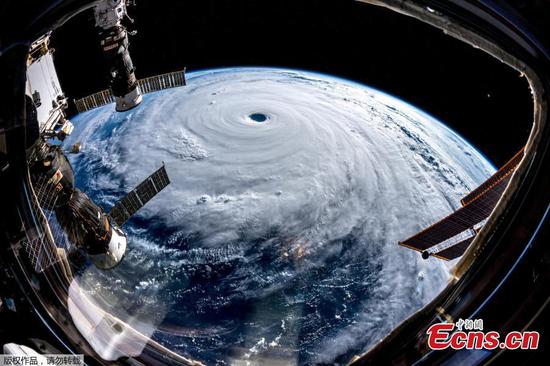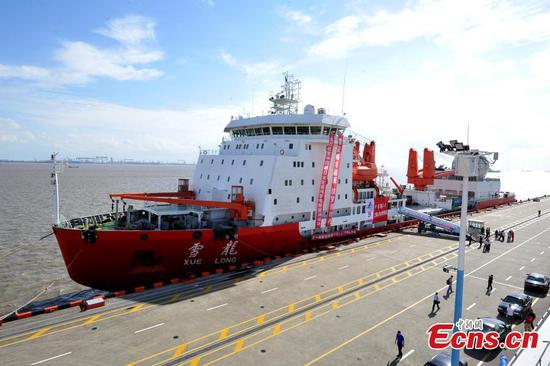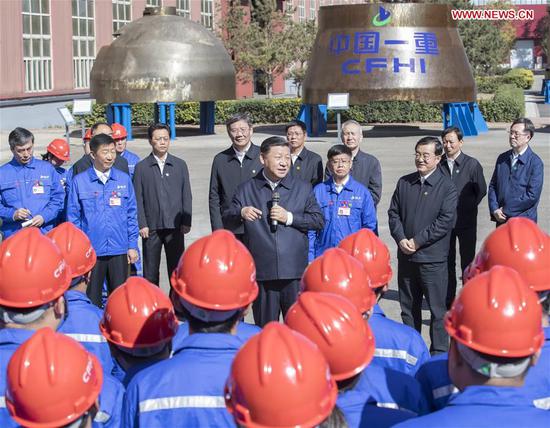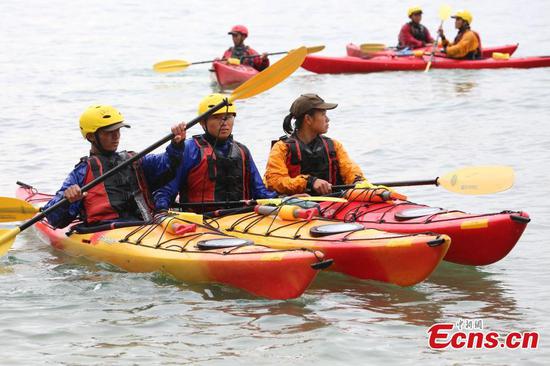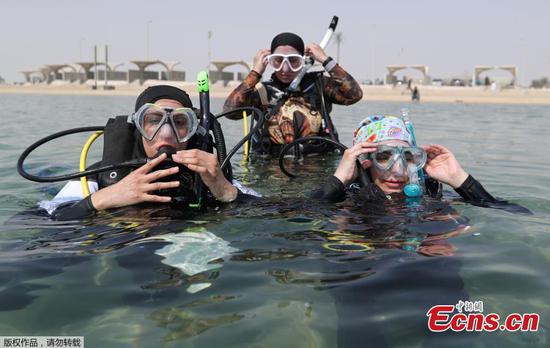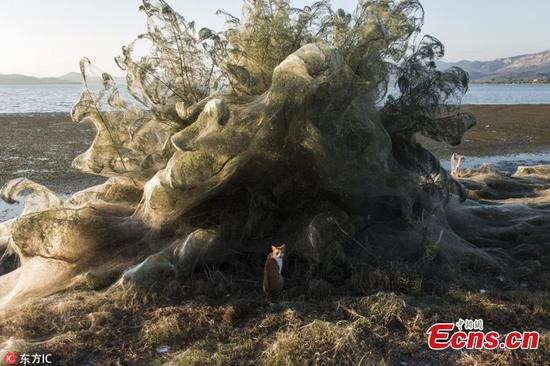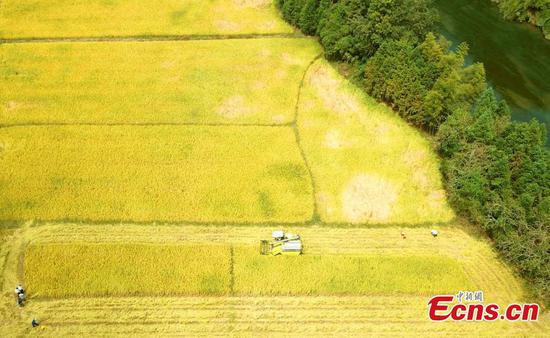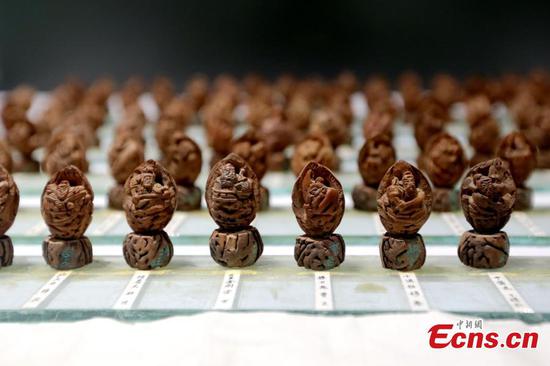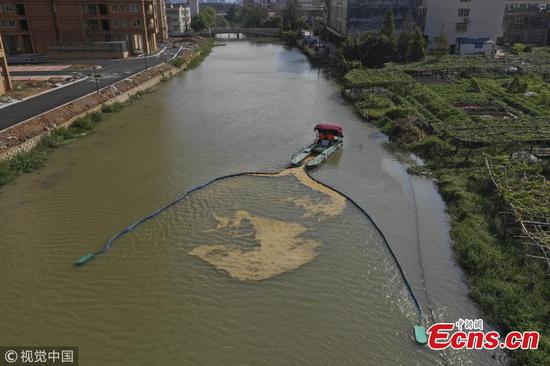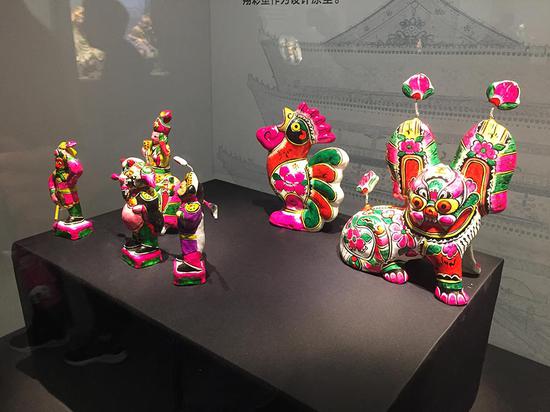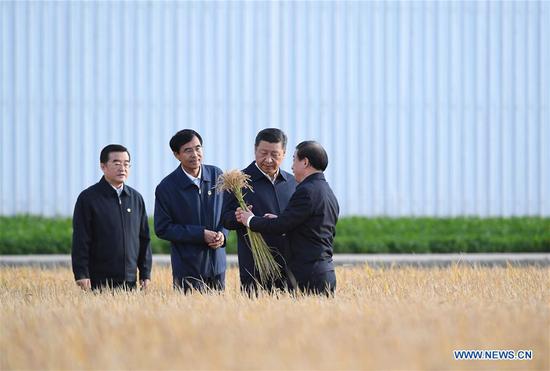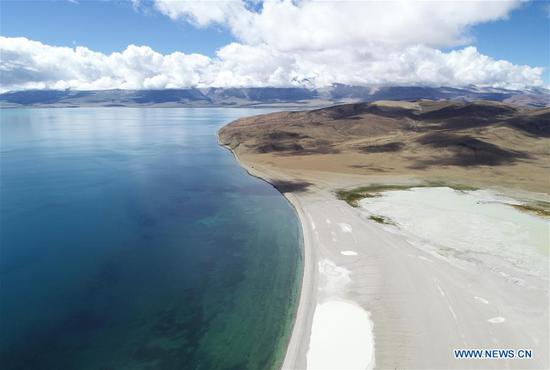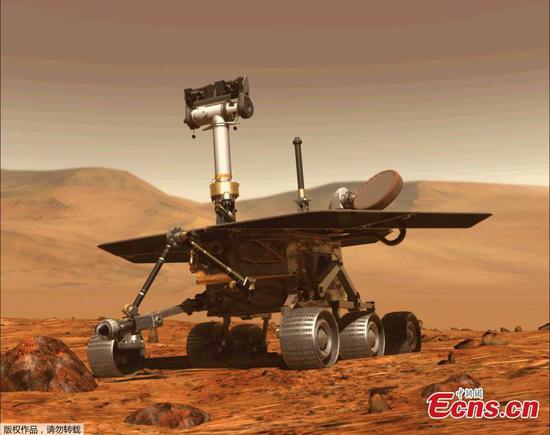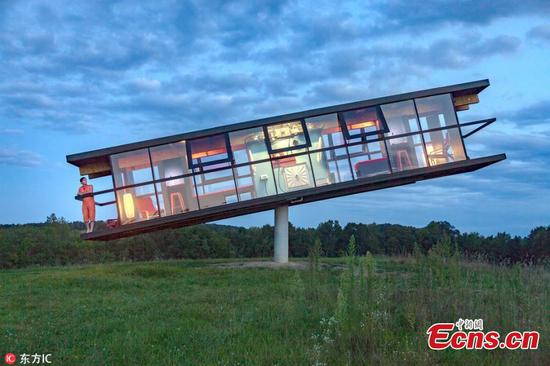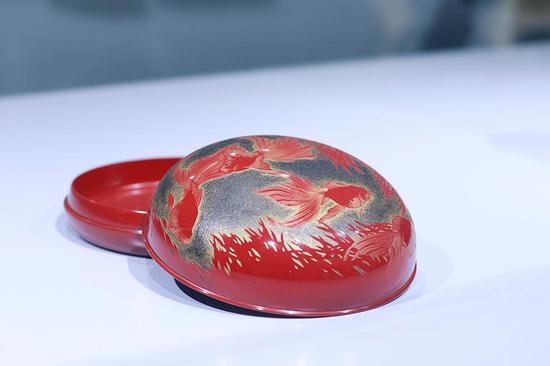Astronauts need a lot of food during their space expedition that sometimes takes nearly two years. Carrying dried prepackaged food takes up space in their spacecraft.
One solution is to send seeds that occupy less volume to cultivate them in the space. Recently, scientists have successfully grown vegetables and plants in the space shuttles.
However, microgravity makes it difficult to water the plants as they clump together. Space scientists at NASA started using hydroponics and aeroponics to grow plants in space stations.
While hydroponics delivers water to plant roots, aeroponics ensures misty air conditions for plants' growth.
Chinese scientists have taken this experiment to the next level at Tiangong-2, a space laboratory.
They are trying to accomplish full-cycle of plant growth under microgravity. Boxes containing rice and Arabidopsis, a small flowering plant, are on board the space lab.
"After the seeds arrive in space, they will grow and mature there, and finally yield seeds. This kind of long-term experiment is quite rare in the international community," Zheng Huiqiong, director of Tiangong-2's space biotechnology and the plant cell engineering research team said.
"It is of great importance because it can help solve one of the key problems to providing necessary food, water, and oxygen to humans," Zheng explained.
The research found that under the conditions of microgravity, the flowering of Arabidopsis occurs 22 days later than on the ground.
"If we need to eat leaves in the future, it is better to have plants that flower late. But for rice, late flowering will influence the yields, so we have to adapt it to the environment," said Zheng.
The research also found that rice is more active in guttation under the conditions of microgravity, meaning it exudes more and more significant drops of sap on its leaves.
"This phenomenon has advantages and disadvantages. On the one hand, bigger sap drops will influence the growth of the plant because it will increase the humidity. On the other hand, it offers us clues to establish an effective life-support system in the future, so we could provide water to humans via plants," said Zheng.









